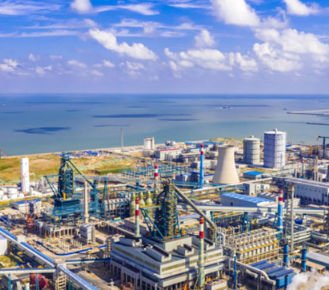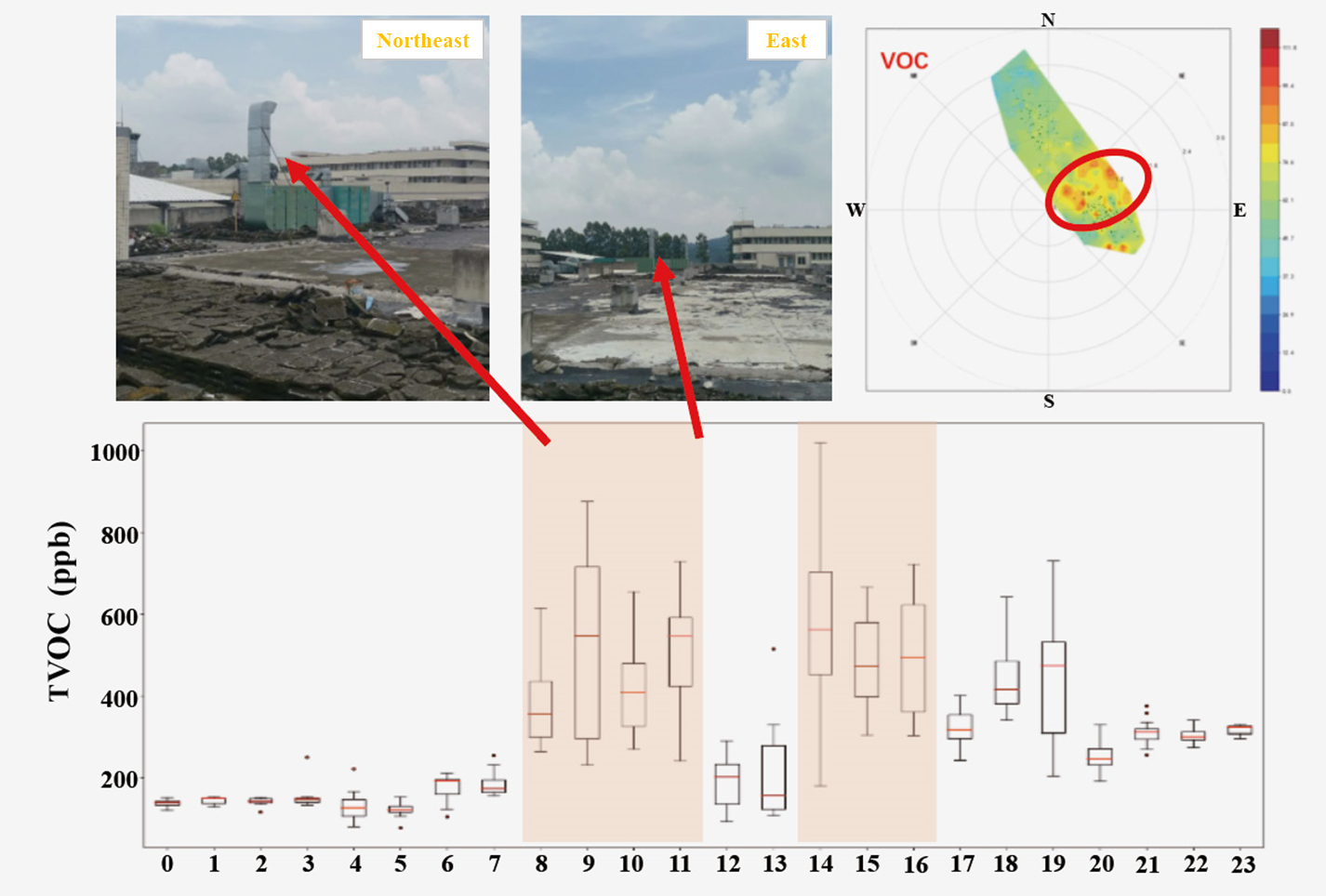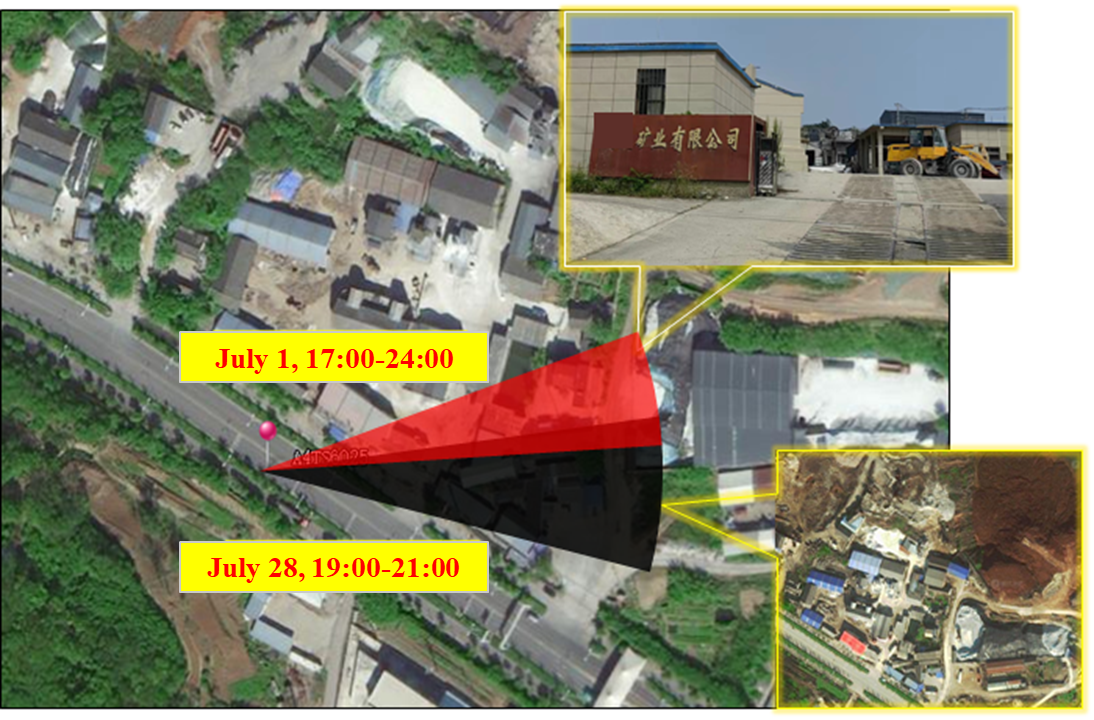
In terms of source control, carry out a "one enterprise, one file" style management throughout the entire lifecycle of the enterprise, and achieve dynamic management of production materials and environmental protection archives of the enterprise;
In terms of process supervision, carry out monitoring of enterprise electricity consumption, dynamic monitoring of unorganized air pollutants and environmental air quality, total monitoring and component analysis of VOCs, guide enterprises to carry out process improvement, technological transformation, and leakage control through data analysis, and strengthen VOC emission control in the production process of enterprises;
In terms of end of pipe treatment, we will strengthen the management of pollution control facilities, summarize the operating rules of pollution control facilities, eliminate inefficient waste gas treatment facilities, provide basic data for the performance evaluation of key air pollution prevention and control, and provide data support for exploring the new VOCs treatment model of "dispersed adsorption centralized regeneration".
- Overview
Application Case 1:
TVOC case of traceability in an industrial park in Guangdong province

Case Description:
Taking the monitoring data from an industrial park as an example, the monitoring station has repeatedly captured TVOC emission signals with peak concentrations exceeding 800 ppb. Meanwhile, the daily variation box plot shows a significant decrease in TVOC concentrations during 12:00-13 :00and 17:00-18:00 (lunchtime and dinnertime), and TVOC concentrations remain relatively low at night. These characteristics correspond well with the work and rest schedules of general industrial enterprises, leading to an initial judgment that the emissions may originate from industrial production.
To pinpoint the source of pollutants, a further analysis combining TVOC concentrations with wind speed and direction was conducted. The results indicated that the emissions mainly come from the north and northeast sides of the monitoring equipment. Based on these clues, the local environmental protection department conducted a site inspection and found chimneys/exhaust outlets on the northeast and north sides of the micro-station location. The exhaust gases originated from workshops on the ground floor and were attributed to a shoe material factory. At this point, it can be basically confirmed that the high TVOC emissions originate from the exhaust outlet of this factory.
From the above case, it is evident that a dense monitoring network can play a significant role in accurately locating disorderly and concealed TVOC emissions from industries, especially small-scale enterprises, within the city.
Application case 2:
Case Study on Source Tracing of High TVOC Levels in Industrial Park Monitoring


Taking the monitoring data from a Mining Co., Ltd. as an example, the monitoring station captured sudden TVOC emission signals between 17:00 and 24:00 on July 1st and between 19:00 and 21:00 on July 28th, with peak concentrations reaching 153 ppb.
To quickly locate the source of the pollutants, analysis was conducted using a combination of source tracing models and algorithms. The results indicated that the pollution emissions mainly originated from the northeast direction of the monitoring station, specifically from industrial emissions of a Mining Co., Ltd. located in the northeast. The main source of these emissions was industrial waste gases, such as hydrocarbons and aromatic hydrocarbons, generated during the production process of titanium ore powder.
